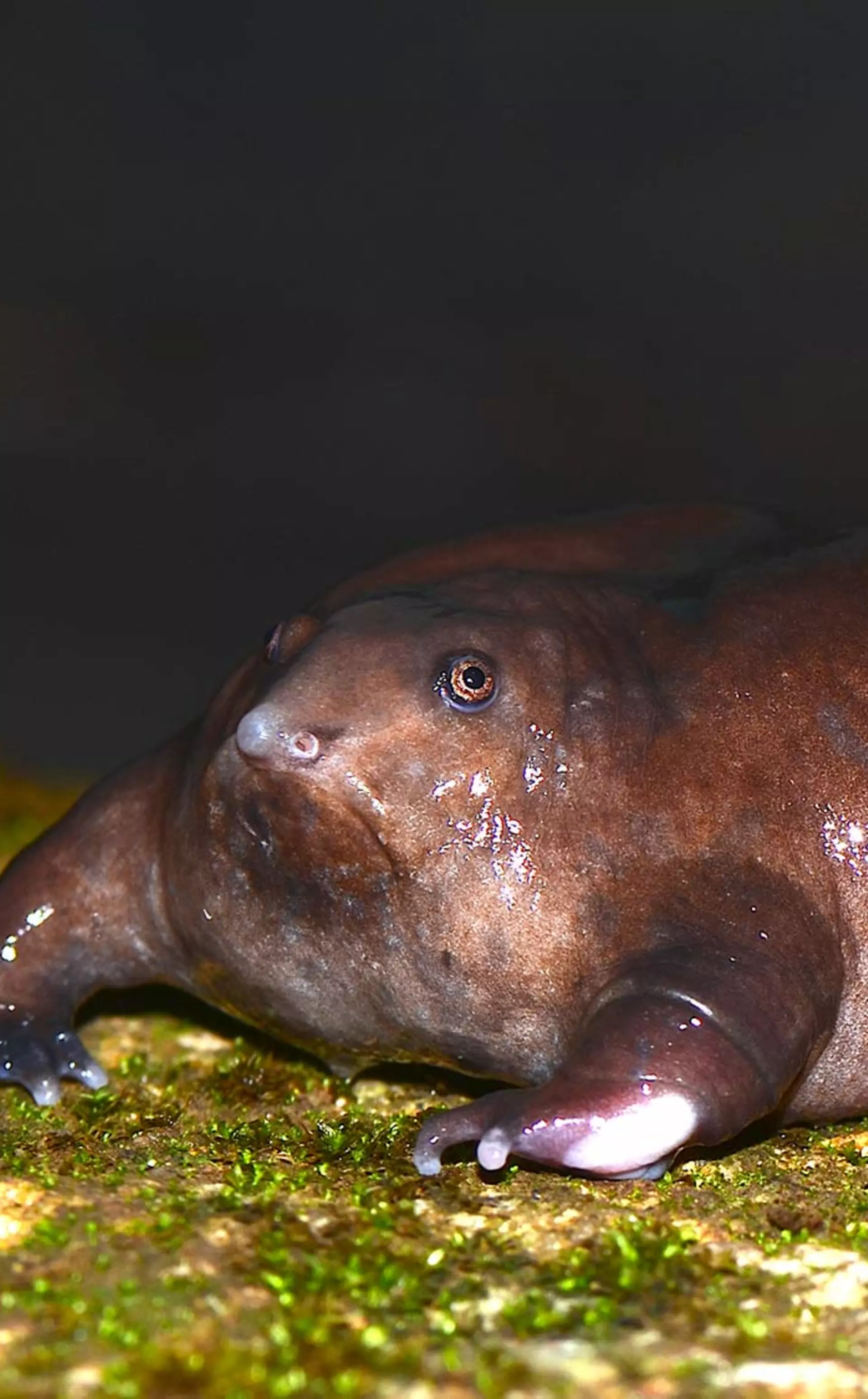In Conservation Priorities, students explore the challenge of setting priorities in conservation, given the limited time, resources and funding available. Students are introduced to ZSL's scientific research and how this informs our in situ and ex situ conservation work. After an discussion of the different reasons a species might be selected for conservation, students are introduced to a scientific and empirically based method used by ZSL to focus their conservation work. Finally, in groups students are allocated an endangered amphibian and tasked with putting together a case for why that species should receive funding for conservation. Students will present these pitches to the rest of the group, with the winner being voted on by the class.
The workshop brings to life our ZSL’s EDGE of Existence project, and how science can be used to make decisions in conservation.
| Age: Post 16 |
Duration: 50mins |
Capacity: 35 students |
Location: Indoor |
Intended learning outcomes:
Students will be able to:
- Explain some of the challenges encountered in conserving wildlife
- List the different reasons to priorities species for conservation attention
- Understand ZSL's EDGE programme, an empirically based method for conservation
- Understand the global amphibian extinction crisis
- Put together a persuasive argument for conserving a species
Online Teaching Resources:


